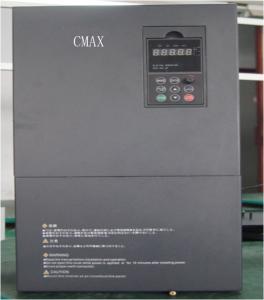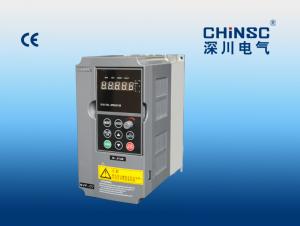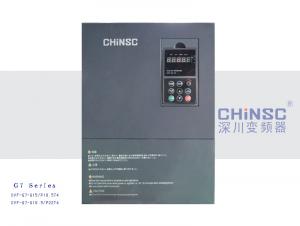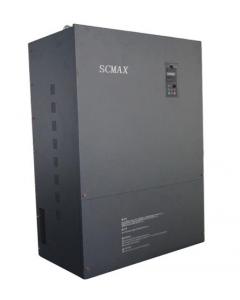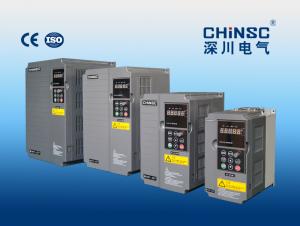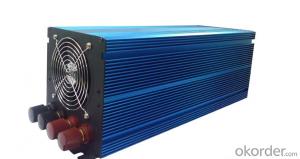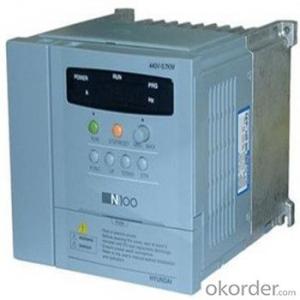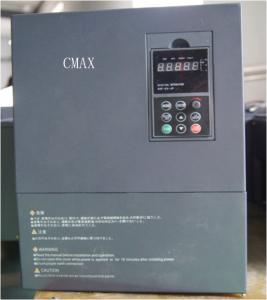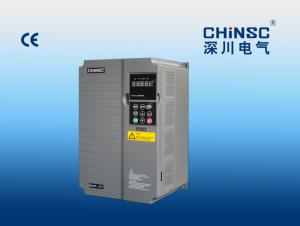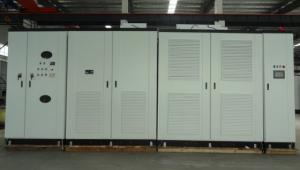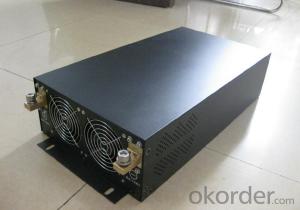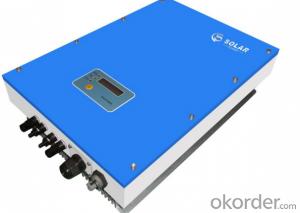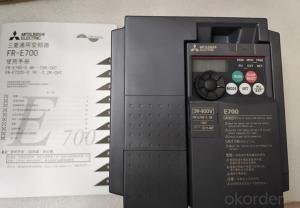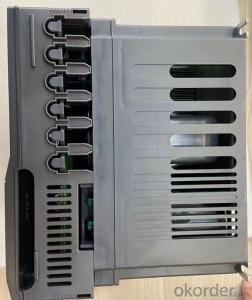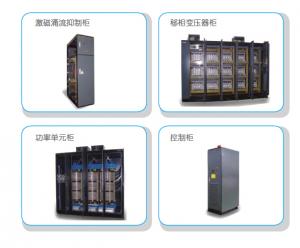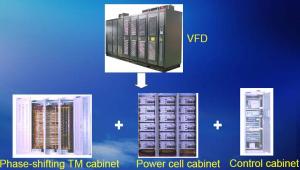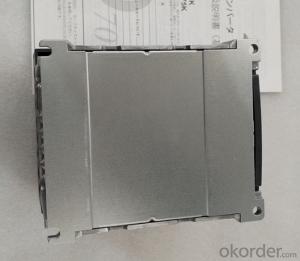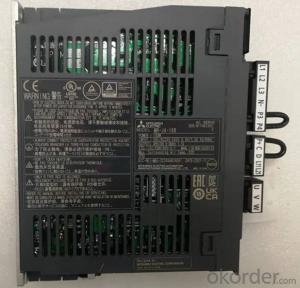Fronius 3 Phase Solar Inverter
Fronius 3 Phase Solar Inverter Related Searches
Fronius Solar Inverter 3kw Fronius Solar Inverter Fronius Solar Power Inverter Fronius Hybrid Solar Inverter Fronius Solar Hybrid Inverter Solar Fronius Inverter 3 Phase Solar Inverter Solar 3 Phase Inverter Fronius Primo Solar Inverter 3 Phase Solar Power Inverter 3 Phase Inverter Solar 3 Phase Hybrid Solar Inverter 3 Phase Solar Hybrid Inverter Fronius Inverter Solar System Solar Power 3 Phase Inverter 3 Phase Solar Battery Inverter Solar Inverter 3 Phase 3 Phase Solar Micro Inverter 3-Phase Solar Inverter Hybrid Solar Inverter 3 Phase Three Phase Solar Inverter Solar Inverter Fronius Price Fronius Solar Inverter Price 3 Phase Solar Pump Inverter Best 3 Phase Solar Inverter China 3 Phase Solar Inverter 3ph Solar Inverter Solar Edge 3 Phase Inverter 3 Phase Solar Inverter Price 3kw Solar InverterFronius 3 Phase Solar Inverter Supplier & Manufacturer from China
Fronius 3 Phase Solar Inverter is a high-performance solar power conversion device designed to optimize the efficiency of solar energy systems. These inverters are engineered to handle the conversion of direct current (DC) generated by solar panels into alternating current (AC) that can be utilized by the electrical grid or local power distribution systems. The advanced technology and features of Fronius 3 Phase Solar Inverters make them a popular choice among solar energy enthusiasts and professionals alike.The Fronius 3 Phase Solar Inverter is widely used in various applications, including residential, commercial, and industrial settings. These inverters are particularly suitable for large-scale solar installations where high efficiency and reliability are crucial. They can be employed in grid-tied systems, off-grid systems, and hybrid systems, providing flexibility and adaptability to different energy needs and requirements. The Fronius 3 Phase Solar Inverter's ability to handle high power outputs and its compatibility with a wide range of solar panel configurations make it an ideal choice for diverse solar energy projects.
Okorder.com is a leading wholesale supplier of Fronius 3 Phase Solar Inverters, offering a vast inventory of these high-quality products at competitive prices. As a reputable online platform, Okorder.com ensures that customers have access to a comprehensive selection of Fronius 3 Phase Solar Inverters to meet their specific needs. With a commitment to customer satisfaction and a focus on providing top-notch products, Okorder.com is the go-to destination for those seeking reliable and efficient solar inverters for their energy systems.
Hot Products
